Some of America’s most iconic guns came from the mind of one man.
Their creation involved an extermination order, a migration, and a genius.
The story of John Moses Browning. 🧵
Their creation involved an extermination order, a migration, and a genius.
The story of John Moses Browning. 🧵
In the 1830’s, Jonathan Browning was a gunsmith in Illinois. He is credited with inventing “harmonica gun” a repeating gun which found its way to the western frontier leading up to be Civil War. 

Meanwhile nearby in Missouri, a new religion had ruffled feathers with the local population.
The Mormon population grew exponentially as the church attempted to build a head quarters. This rapid population change made many seekers nervous, leading to conflict.
The Mormon population grew exponentially as the church attempted to build a head quarters. This rapid population change made many seekers nervous, leading to conflict.

In 1838, the Governor of Missouri issued an “extermination order”, which stated “the Mormons must be treated as enemies, and must be exterminated or driven from the State.”
As a result, they fled to Illinois and created a new settlement in a city named Nauvoo.
As a result, they fled to Illinois and created a new settlement in a city named Nauvoo.
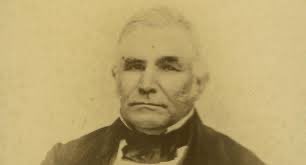
Jonathan Browning interacted with many of these exiles as they crossed into the state. He eventually paid a visit to their swampy city and met their prophet, Joseph Smith.
The meeting was very impactful, with Browning converting to the church and moving to Nauvoo.
The meeting was very impactful, with Browning converting to the church and moving to Nauvoo.

There, Browning acted as the gunsmith and was busy. He armed the militia there, who felt under threat from mobs, and state militias.
The rifles Browning produced had a special plate on the buttstock of the rifles inscribed “Holiness to the Lord - Our Preservation”


The rifles Browning produced had a special plate on the buttstock of the rifles inscribed “Holiness to the Lord - Our Preservation”
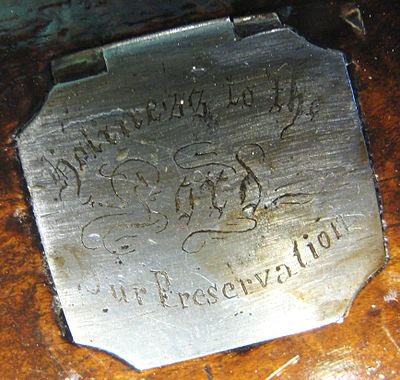

In 1844, Joseph Smith was assassinated by a mob, leading to a migration away from Illinois and into what was then Mexico.
Browning fled with his fellows and eventually settled in Northern Utah.
Browning fled with his fellows and eventually settled in Northern Utah.
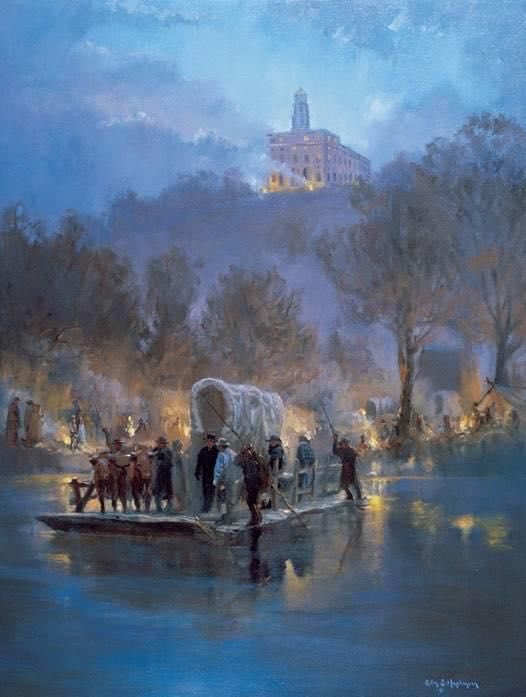
When the US went to war with Mexico, they asked for a battalion of men from the exiled Mormons. Incredibly, they obliged. Browning volunteered to go, but was told good talents were needed at home. 
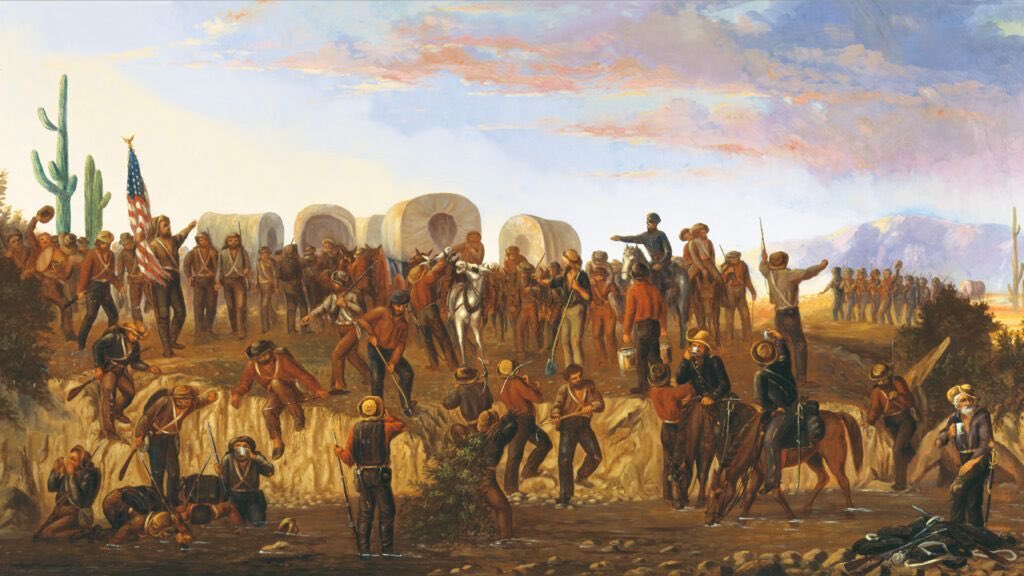
Browning was a polygamist who married three wives and had 22 children. One of these was a son named John Moses Browning.
John started helping out at his father’s shop by seven, and by age 13 he had invented his first rifle.
John started helping out at his father’s shop by seven, and by age 13 he had invented his first rifle.
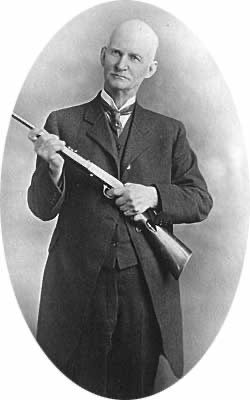
Browning was a polygamist who married three wives and had 22 children. One of these was a son named John Moses Browning.
John started helping out at his father’s shop by seven, and by age 13 he had invented his first rifle.
John started helping out at his father’s shop by seven, and by age 13 he had invented his first rifle.

In the 1870’s John started creating guns for Winchester, inventing many iconic western guns. Most notably he created important shotguns like the Winchester 1897 pump shotgun (aka the “trench gun”).
This gun was so effective in WWI that Germany tried to have it banned.


This gun was so effective in WWI that Germany tried to have it banned.
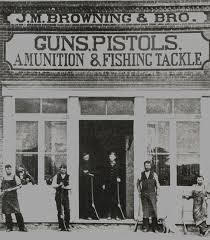
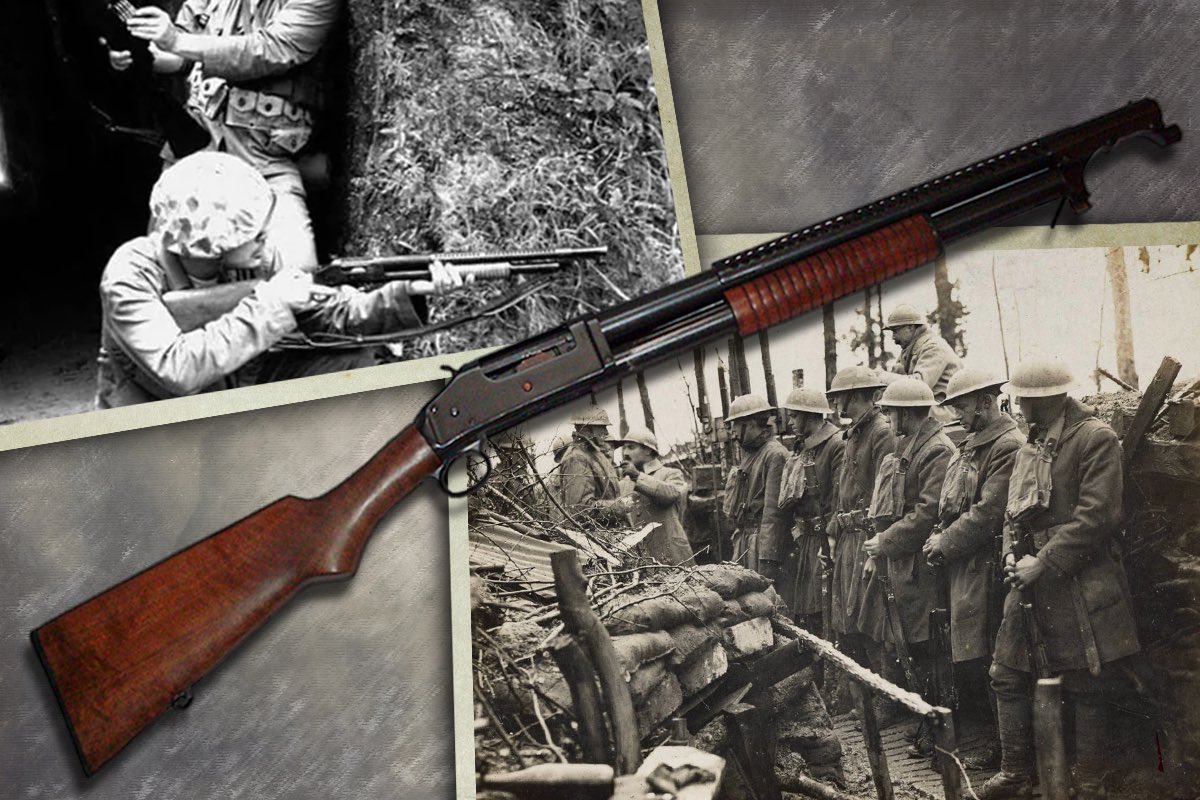
He also invented the first real machine gun, important pistol cartridges such as .380 and .45, and over 40 firearms.
His most famous and enduring creation was the 1911 pistol. This gun was used in both world wars and is still commonly used today, over 100 years after creation.


His most famous and enduring creation was the 1911 pistol. This gun was used in both world wars and is still commonly used today, over 100 years after creation.
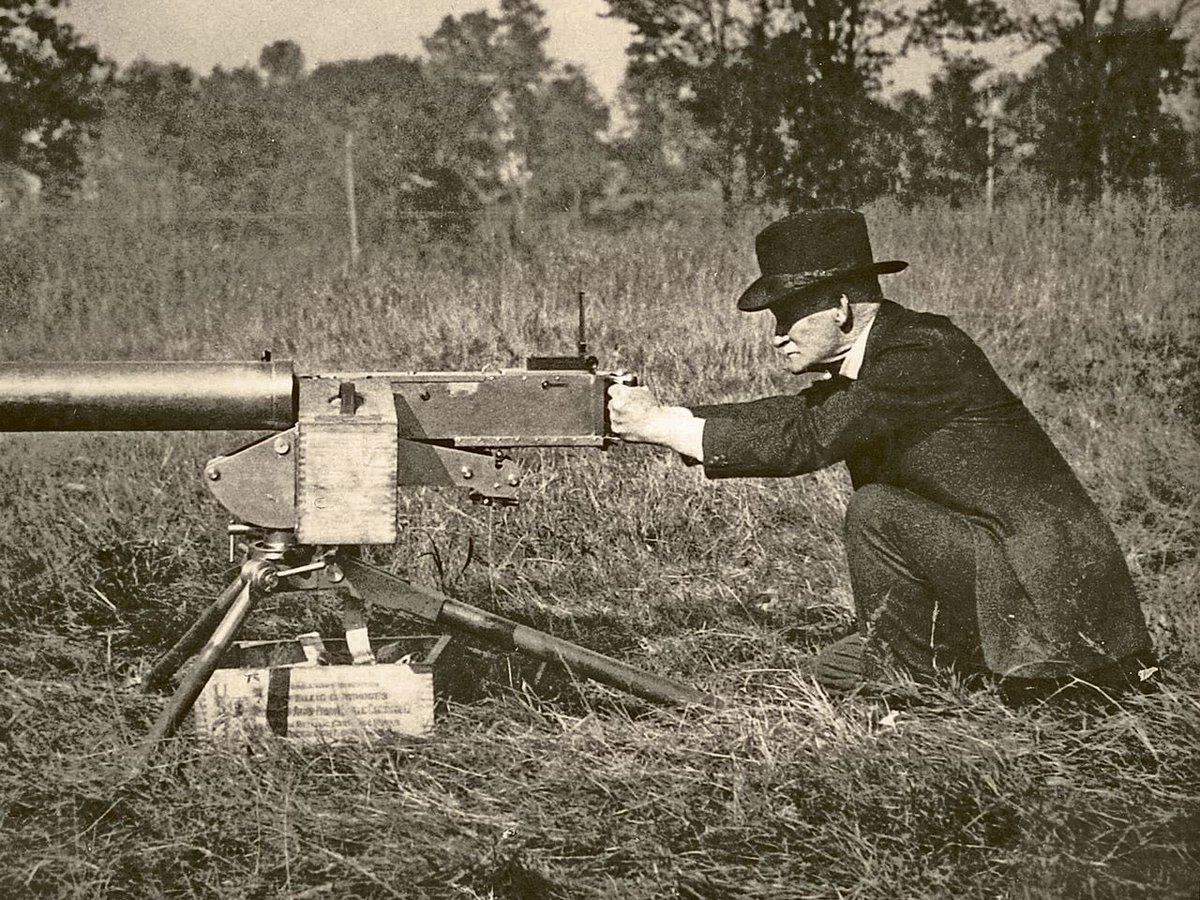
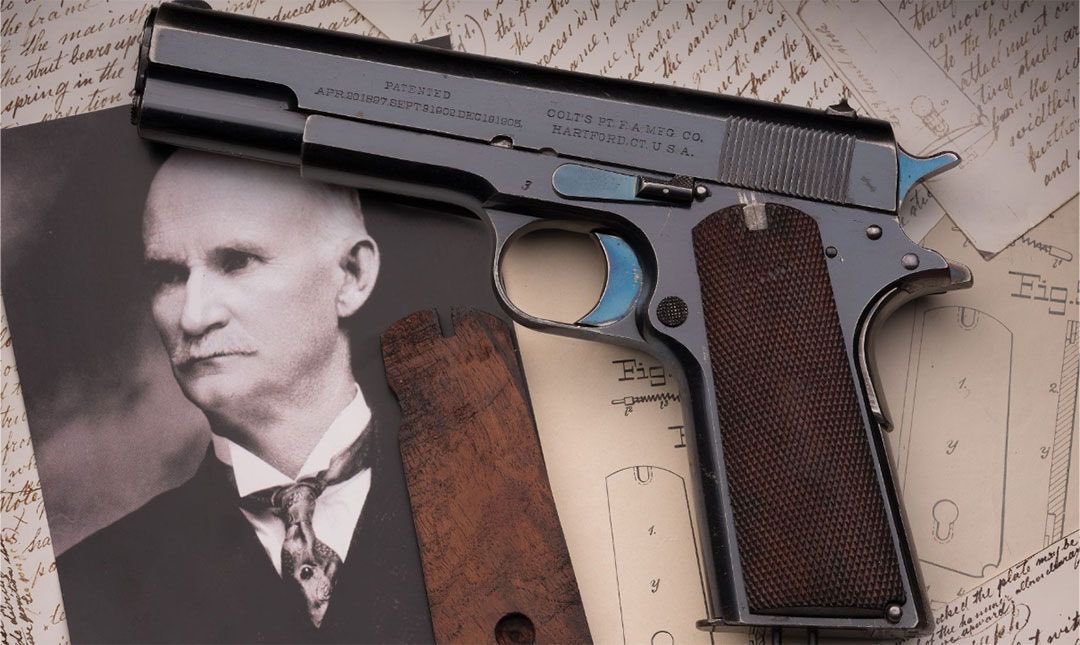
John was a master of his craft and a brilliant inventor. Having been born into a family and religion which faced constant violence, he was well acquainted with human nature. He funneled this knowledge into creating devastating instruments of war and protection. 

A true master of his craft, John died of a heart attack in 1926 working on his final design: a double stack 9mm pistol.
This design would be finished by his Belgian partner company, Fabrique National de Herstal (FN) and dubbed the P-35. Today we call it the Browning Hi-Power.
This design would be finished by his Belgian partner company, Fabrique National de Herstal (FN) and dubbed the P-35. Today we call it the Browning Hi-Power.

The Hi-Power was an innovative marvel, doubling magazine capacity. It was fielded on both sides of WW2.
When the Nazi’s took over Belgium they adopted the pistol as their own. In theory you could have had British and Nazi soldiers shooting at each other with Browning’s pistol.
When the Nazi’s took over Belgium they adopted the pistol as their own. In theory you could have had British and Nazi soldiers shooting at each other with Browning’s pistol.

The Winchester 1897 shotgun, 1911, and Hi-Power are all guns designed by Browning which are still in use today, both privately and by militaries.
These designs were born out of the intersection of conflict, faith, genius, and opportunity.
These designs were born out of the intersection of conflict, faith, genius, and opportunity.
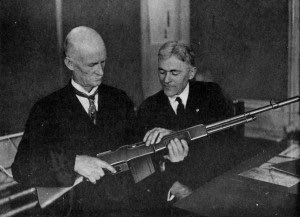
• • •
Missing some Tweet in this thread? You can try to
force a refresh




















